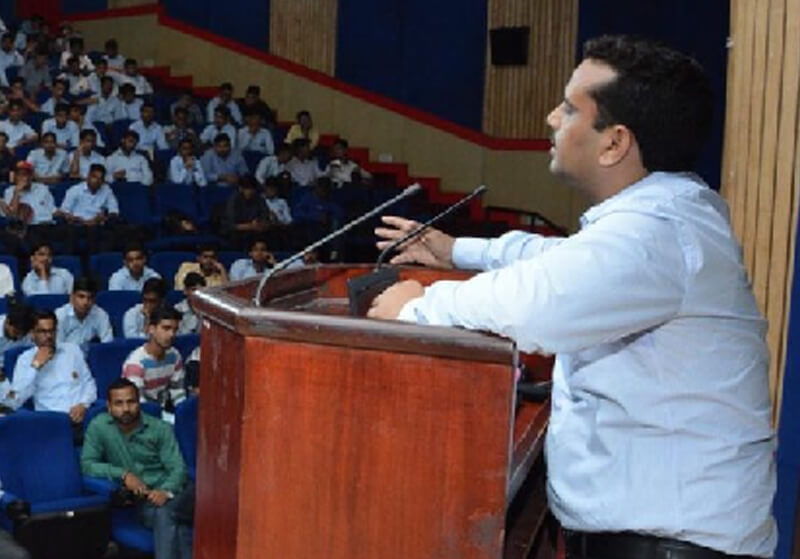Trusted Digital Transformation Partner

Best Practices for Implementing and Optimizing Oracle Systems
- Article By : Rostan Team
- Jan 24, 2024
Oracle systems are widely used across organizations for their robust and scalable solutions for managing complex data and applications. Whether you’re starting from scratch or upgrading existing systems, there are a number of best practices you can follow to ensure smooth and efficient implementation and optimization of your Oracle systems.
Plan ahead:
The key to a successful Oracle implementation or upgrade is planning. It’s important to assess the current state of your systems, identify areas for improvement, and create a comprehensive plan that takes into account the desired outcomes, timelines, resources, and budget.
Choose the right hardware:
Choosing the right hardware is essential for the performance and scalability of your Oracle systems. Factors like CPU, memory, storage, and network speed should be taken into account when making hardware choices. It’s important to choose hardware that can handle the expected load and can be scaled easily as the needs of your organization grow.
Use appropriate software:
It’s important to choose the right Oracle software based on the specific needs of your organization. The software should be able to handle the required workload and provide the desired functionality. Make sure to choose the appropriate version of the software and any necessary add-ons, such as security and performance tools.
Proper database design:
Proper database design is crucial for the performance and scalability of your Oracle systems. Factors like normalization, indexing, partitioning, and materialized views should be considered when designing the database. It’s important to keep the database design simple, maintainable, and scalable for future growth.
Monitor and tune performance:
Regular monitoring and performance tuning is necessary to keep your Oracle systems running smoothly. Use tools like the Automatic Workload Repository (AWR) and the SQL Tuning Advisor to identify performance bottlenecks and optimize database performance.
Backup and disaster recovery planning:
Backup and disaster recovery planning are critical for ensuring the reliability and availability of your Oracle systems. Regular backups should be taken and tested, and a disaster recovery plan should be in place to ensure that data can be recovered in case of a disaster.
Regular maintenance:
Regular maintenance, such as database tuning, database patching, and hardware upgrades, is essential for keeping your Oracle systems running smoothly and efficiently. It’s important to allocate resources and establish a maintenance schedule to ensure that the systems are properly maintained.
In conclusion, following these best practices can help ensure the successful implementation and optimization of your Oracle systems. It’s important to take a proactive and systematic approach to ensure that your systems are performing at their best and are able to meet the demands of your organization now and in the future.






